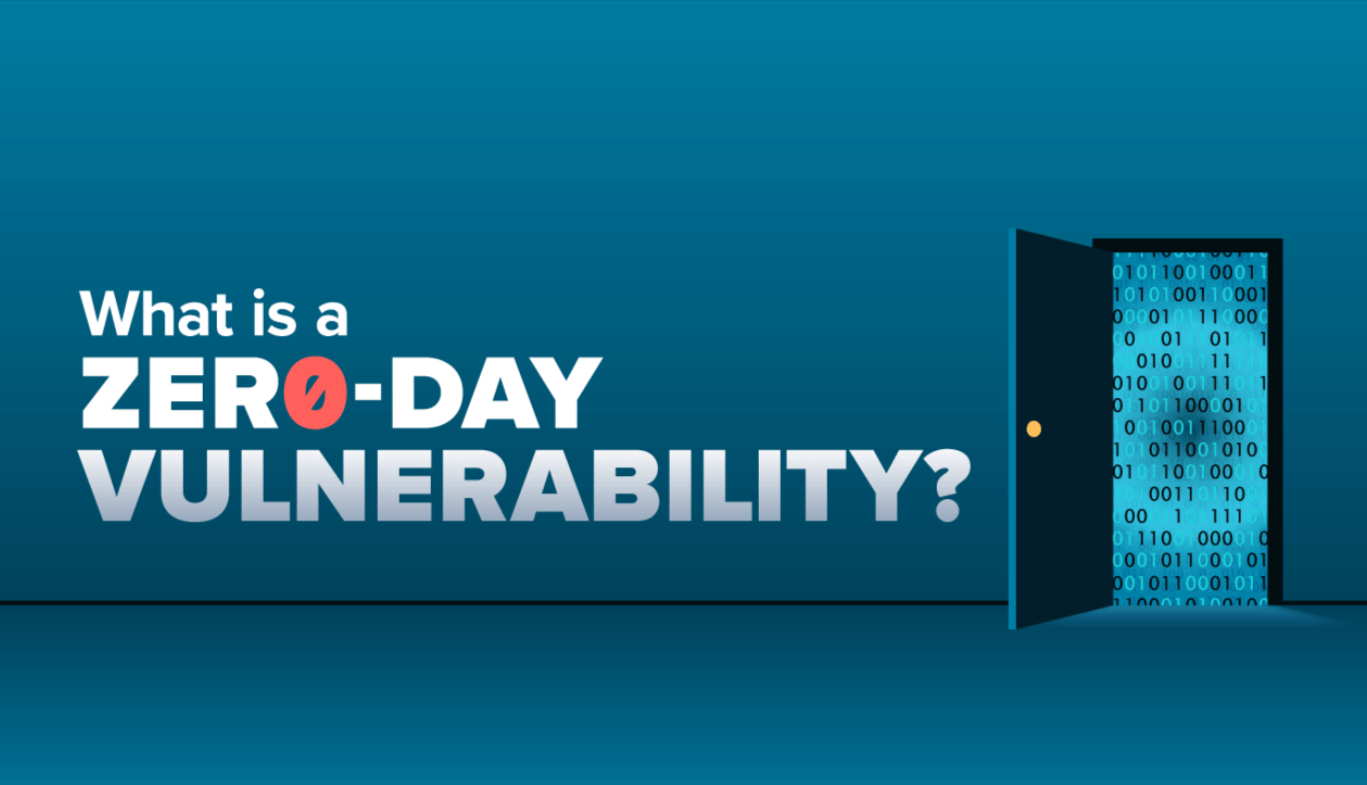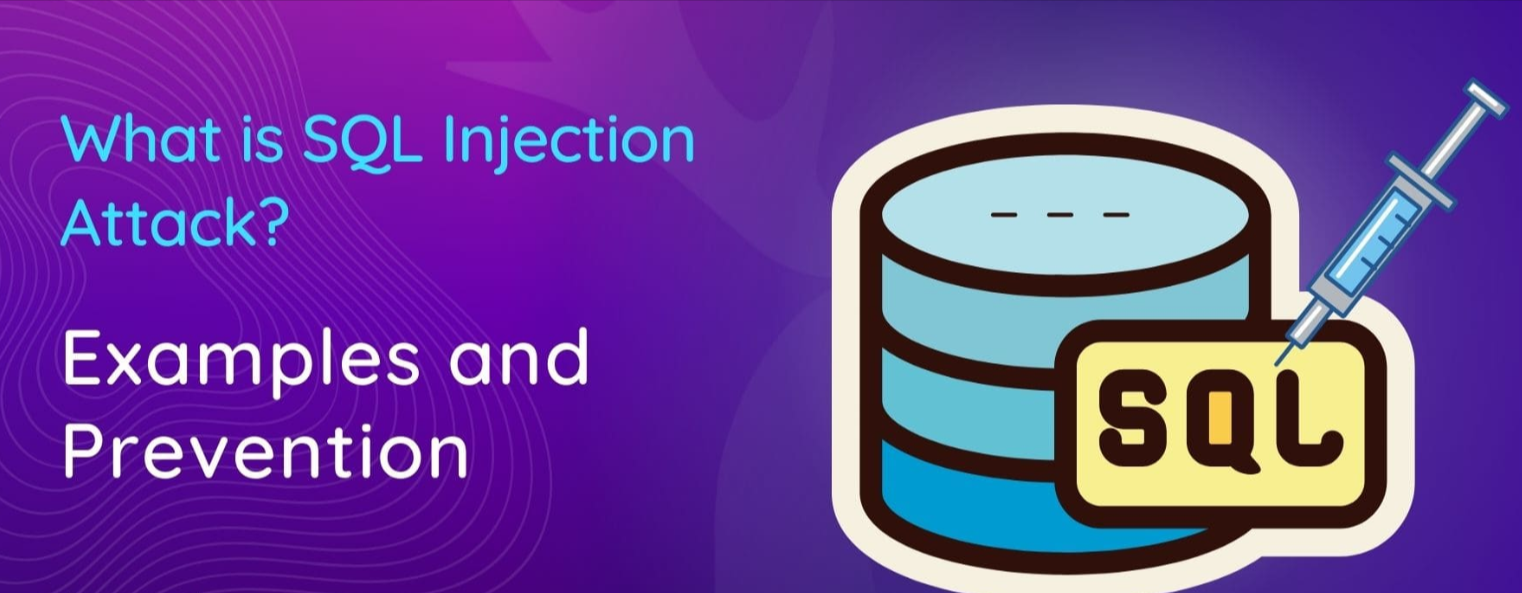What Is a Zero-Day Vulnerability? How Hackers Exploit It

We shall take you through the essentials of a zero-day vulnerability, what it comprises, and how hackers use its exploits. We will further investigate what organizations can do in their defense against these cyber-roguish types: less than nothing as countermeasures against the zero-day onslaught.
What’s a Zero-Day Vulnerability?
A zero-day vulnerability is actually an imperfection in the hardware or any software whereas the defect has not yet been publicized to its developers. Zero-day in this situation refers to a time interval where crafty hackers have gotten exploitable access before the one whose job it is to fix the issue even realizes that a mistake was made. Simply put, developers have no time at all to go about patching the software before threats begin to use it.
Think of a zero-day vulnerability like a secret weak spot that nobody's slapped a band-aid on because nobody spotted it yet. With that weak spot wide open, it's like hackers have a VIP pass to break into a system and they can wreak some serious havoc.
Zero-Day Vulnerability: How It Grows Up
A zero-day vulnerability passes through multiple stages during its existence:
1. Finding Stuff: So, some clever mind hacker or maybe a security person, or most probably evil, finds a loophole in some program or the like. Broadly speaking, camouflage all these involved in those discoveries because bad things happen if they fall into wrong hands.
2. Going Rogue: And suppose the hacker just grabs the zero-day flaw and goes all secret agent, causing havoc in the systems. They might penetrate sensitive documents, inject nasty viruses, or hijack a personal computer while being none the wiser to the poor end-user.
3. Spilling the Beans: Now, after all this sneaky stuff has happened, it might take a few days, weeks, or even longer, and then some other geek or maybe the company that has the software realizes, gives the news to everyone concerned, and the software dudes realize that they have one seriously huge problem on their hands.
4. Fixing the Bug: The provider of the software call for fixing those bugs or patches closing the leaks to avert such exploits going forward.
5. Implementing the Update: And when the finishing touches are laid on this fix, whip it out into the command world and let everyone plug it into his system.
The "zero-day" period, that vulnerable span, kicks off with a flaw's find and ends when they launch a fix.
What's the Big Deal with a Zero-Day Flaw?
Well, "zero-day" weak spots? They're super risky, and here's a bunch of reasons why:
The software company doesn't know about the weak spot, so they can't jump in to fix it right away. This lets hackers mess with it as they please since the company can't push back yet.
The anti-virus programs, firewalls, and other security stuff won't work on this problem 'cause it's a new one and there's no repair out to block the danger.
A ton of people get hit when hackers find and use a zero-day weakness. Cyber baddies love it 'cause they can mess up stuff for lots of folks at once. Time-sensitive: The "zero-day" phase is all about speed. When a vulnerability goes public or the vendor finds out, hackers could keep using it till there's a fix and people put it in place.
Exploring How Hackers Take Advantage of Zero-Day Weaknesses
A bunch of ways exist for hackers to take advantage of zero-day weaknesses. Pulling off these attacks takes a lot of smarts and a solid grip on the weak spot to work well. Check out the usual tricks hackers got up their sleeves to mess with these vulnerabilities:
1. Spreading Malicious Software
There are almost always a hacker's most prized maneuver when regarding a zero-day abuse: to plant nasty software on an unsuspecting target system. Such bad stuff may encompass viral programs, ransomwares, spywares, or trojan horses.
If, let's say, a hacker discovers a recent zero-day vulnerability in an e-mail program widely used. They could send a seemingly innocent e-mail with an odd .exe file attached. Open it, and hello, the malware uses that hole in the e-mail application to take over the victim's computer. At this point, the hacker can steal confidential information or further load malicious software onto the system.
2. Remote Code Execution (RCE) Attacks
Hackers have relied on points of remote code execution from the start-all those pretty Sunday afternoon exploits, or the Bu-Guy-if-you-wanna-hurt-em thing. Bu-Guy attaches a code that he sends so that it gets executed into someone's computer somewhere. No more need for close physical proximity to the actual machine.
When we call a flaw something like zero-day, a bad actor might be able to get into a computer and really remote control some unlucky user's PC. They could steal the keys to the kingdom, implant back door access for coming in and stealing, or just wreak havoc.
3. Step Up in Power
Once they have activated their power-ups, they would attack and breach some entry point that is allowed to them without asking permission. They would be given entry, thereby further pumping up their access, and then walk almost freely as if they owned the whole place with that zero-day. They are doing now even things the real boss does more than before.
Even a zero-day might allow total control over an OS and subsequently the installation of malware to steal important data documents from it and modify all configurations.
4. Snatching Info
Bad guys use these zero-day loopholes to snatch stuff like personal info, money records, genius ideas, or sign-in details. After they break through using a zero-day flaw, they grab the data and shoot it off to some faraway computer. This kind of thing can lead to someone stealing your identity messing with your money, or a big ol' info leak.
When we're talking places like hospitals, banks, or government spots where they keep super-secret stuff, the danger level of these data-grabbing shenanigans skyrockets for web crooks.
5. Distributed Denial of Service (DDoS) Attacks
Sometimes hacktivists use zero-day vulnerabilities in their DDoS attacks. This form of cyber attack impedes access to a given network or website by inundating it with illegitimate traffic that authentic users cannot get past.
Hackers taking advantage of a zero-day flaw might get around the defenses meant to keep a website or server safe from these kinds of attacks. They can stir up a lot of trouble or even close down vital systems.
Famous Zero-Day Attacks
Zero-day flaws have played a role in some infamous cyberattacks in the last while. Let's peek at a couple of examples:
1. Stuxnet (2010)
Known as a prime case of a zero-day strike, Stuxnet is famous. This refined computer worm aimed at hampering Iran's nuclear refining operations. Leveraging multiple zero-day flaws in Microsoft Windows, Stuxnet broke into the control systems at the nuclear place. It messed up the machines spinning uranium to damage them.
This malware showed that zero-day weaknesses can harm vital facilities in the actual world.
2. Heartbleed (2014)
This was an extremely serious flaw in OpenSSL that reduced ciphering into the Internet chatterfoot to a completely non-private affair. This bug represented for hackers the pope's scorn towards the OpenSSL setup in spying on secret details, such as secret keys to enter and possibly the passwords to gain entry.
Hence, Heartbleed was just that mega zero-day, as neither the guys from OpenSSL nor anybody else at all knew about it until 2014 when someone just randomly stumble on it. The bug infected tons of websites and is sure to have found its way into the security faux pas hall of fame.
3. Google Chrome Zero-Day (2020)
Fresh security loophole has been discovered and repaired by Google in the Chrome browser in 2020 which hackers are trying to use to their benefit. The hole, directly linked to memory handling in Chrome, allows the bad boys to run malicious codes from a remote site. The team has quite successfully discovered and patched up this shortcoming, which actually goes to prove that new security shortfalls may be such a big hindrance for popular software.


